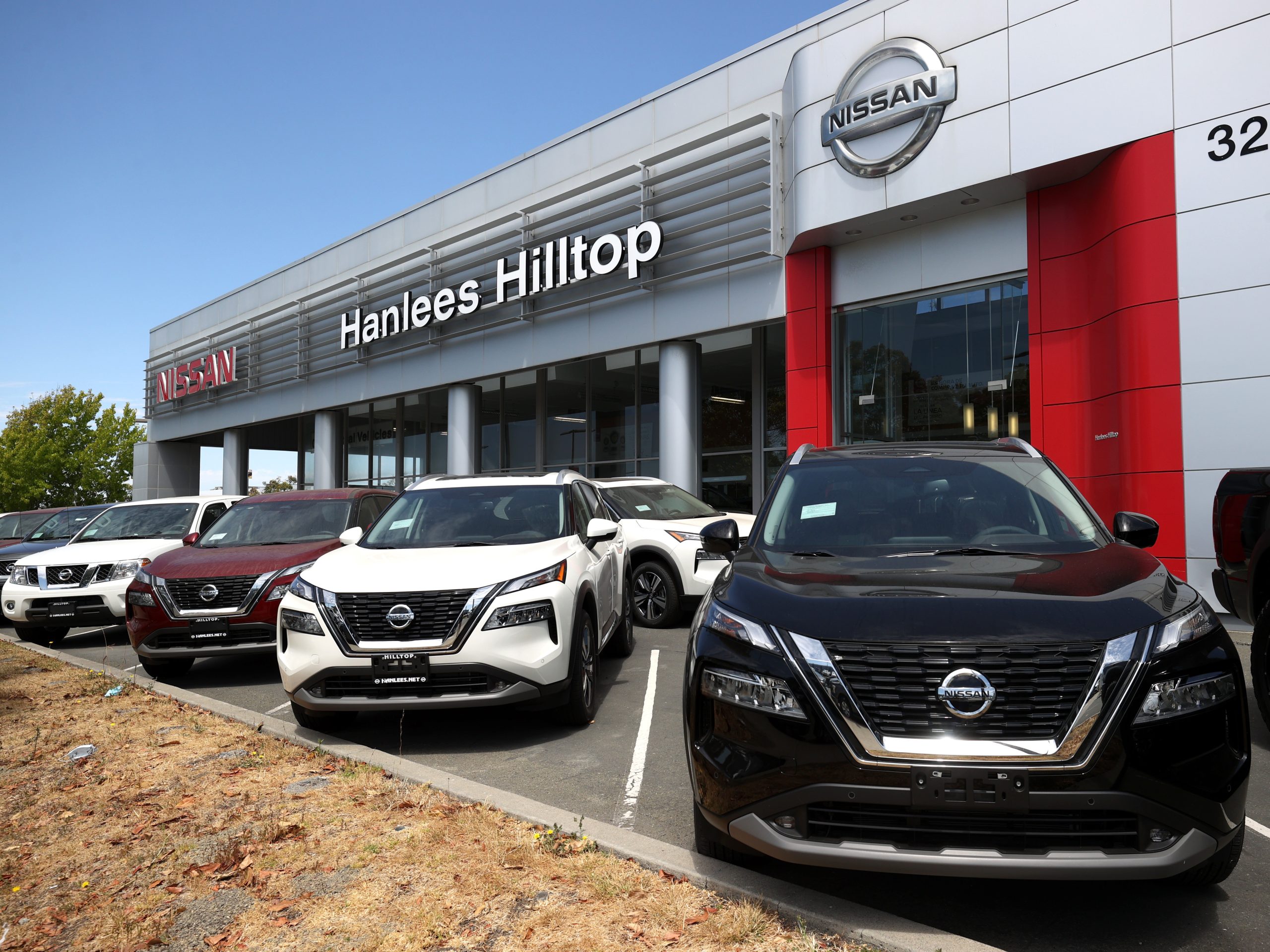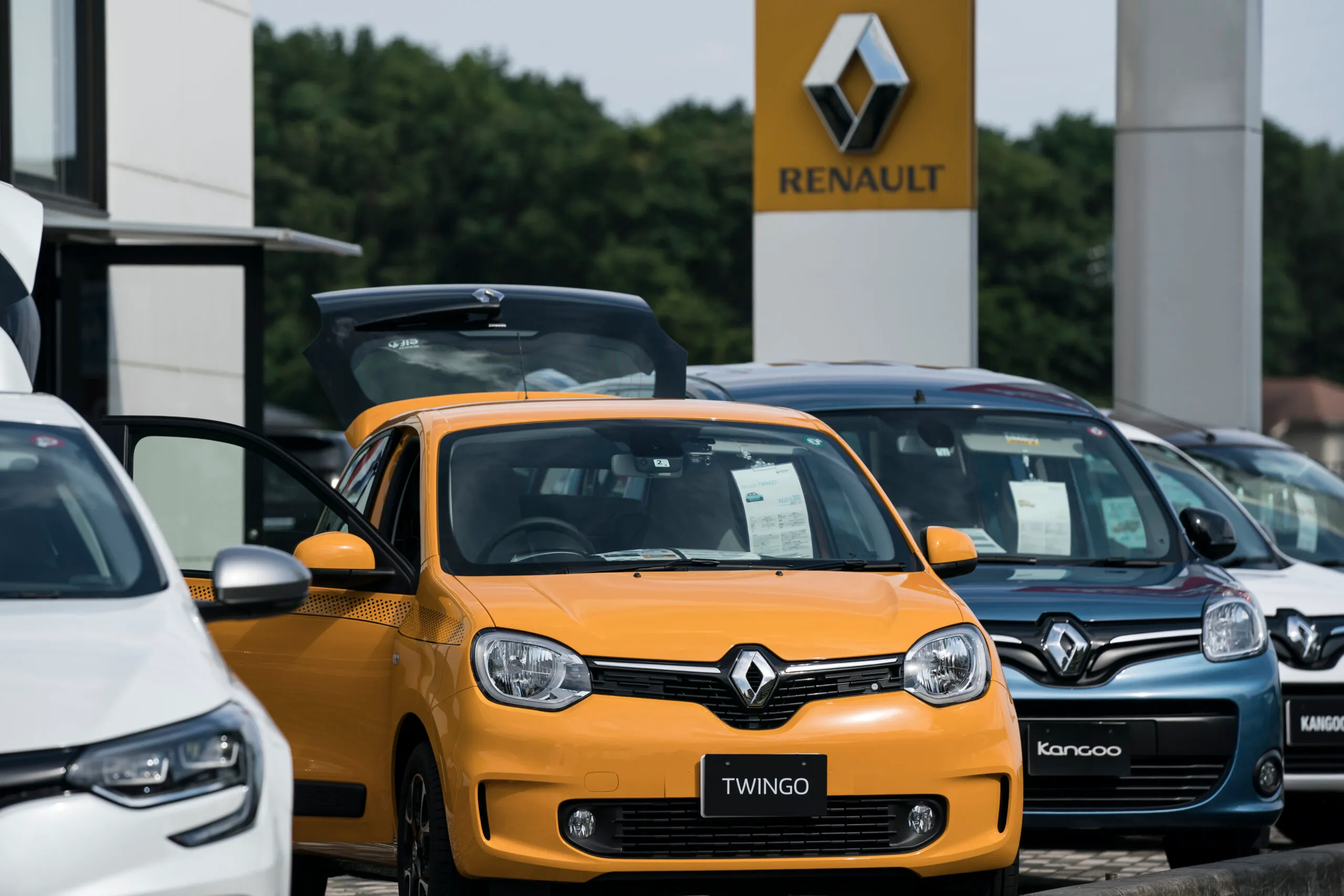In the near future, the U.S. may see the complete disappearance of new cars priced below $20,000. Models like the Mitsubishi Mirage, Kia Rio, and Nissan Versa are all set to be discontinued, following the loss of several other budget-friendly vehicles since 2019. This marks the end of an era for affordable entry-level cars, leaving many consumers with fewer choices.
The sharp increase in car prices began with the COVID-19 pandemic, which caused widespread disruptions in global supply chains. Prior to 2019, the average new car cost around $38,000, with affordable models helping to keep prices in check. However, pandemic-related issues, such as the microchip shortage, pushed production costs higher, giving automakers a reason to discontinue their lower-priced offerings and focus on higher-margin vehicles.
The Loss of Iconic Budget Cars
In recent years, several affordable models have been axed, including the Ford Fiesta, Chevrolet Cruze, and Hyundai Accent. The Chevrolet Spark, at one time the least expensive new car in America, is another casualty of this trend. This pattern started before the pandemic but worsened as automakers adjusted their production strategies to prioritize higher-end models with more advanced features.

While some manufacturers, like Honda, are bringing back lower trim options, car prices overall continue to climb. For example, the Honda Civic, once known for its budget-friendliness, now starts at nearly $25,000, and the Accord is priced around $28,000. These price increases reflect the broader industry trend of rising average transaction prices, which reached $46,000 in 2023—far higher than in 2019, making it increasingly difficult for average-income Americans to afford a new car.
A Small Drop in Prices and Used Car Shortages
There is some optimism, as new vehicle prices saw a decrease in mid-2023 for the first time since the pandemic. J.D. Power predicts that the average transaction price will continue to fall in 2024, offering a slight relief to buyers. However, the used car market is still struggling due to a decrease in availability, especially for vehicles less than five years old. This shortage is expected to persist, which may make affordable used cars even harder to find.
While many U.S. automakers turn their attention to higher-priced vehicles, Chinese automakers are stepping in with budget-friendly alternatives. Brands like BYD, Chery, and Hongqi have found success in Europe and are now eyeing the U.S. market. Chery, for example, plans to introduce cars priced under $30,000 in the U.S., a segment that American manufacturers have largely abandoned. While the sub-$20,000 market may not return, these Chinese automakers could provide a new, more affordable option for American consumers in the coming years.

